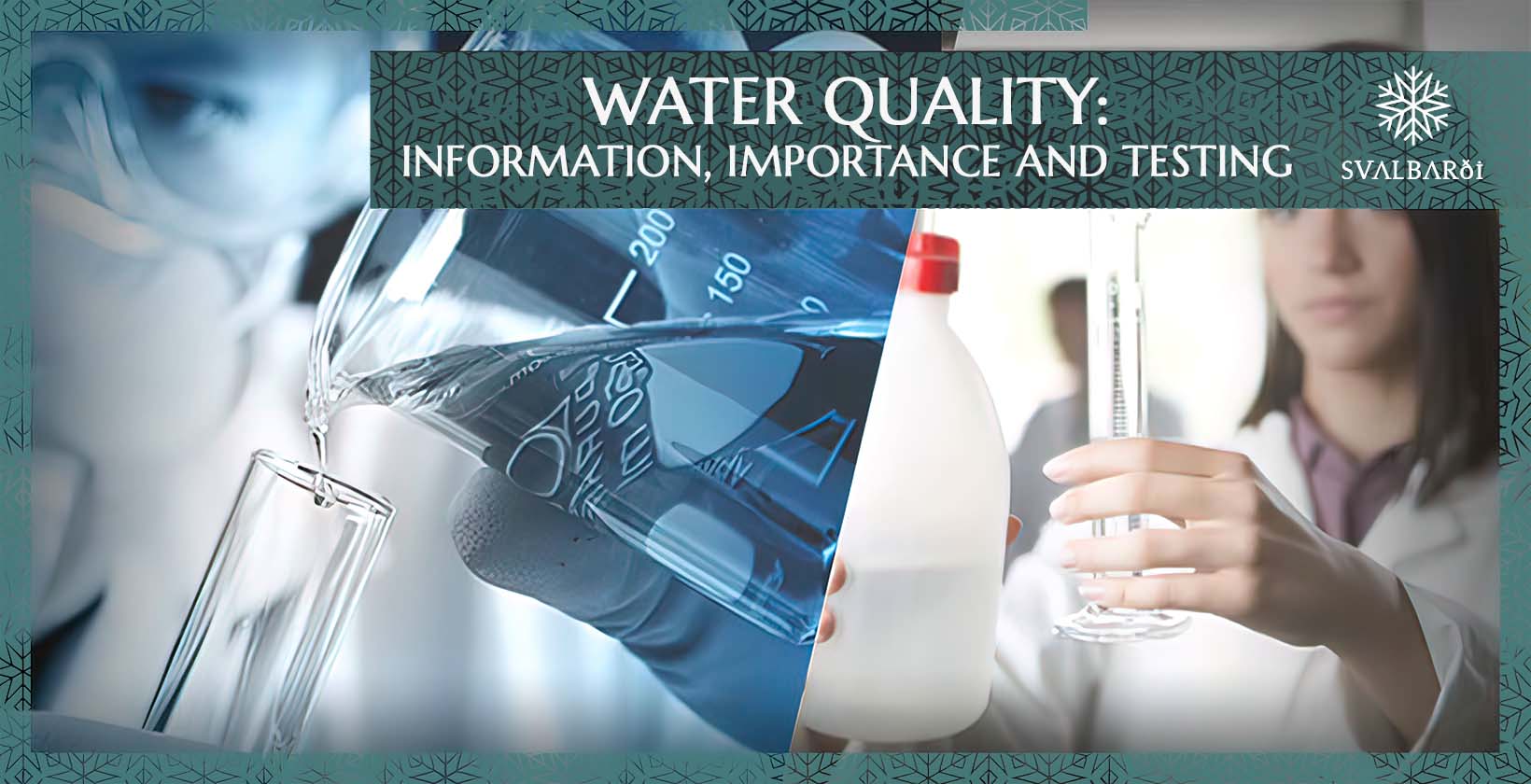Introduction
Water is essential for life. It hydrates, nourishes, and sustains the human body. But did you know that the water you drink may contain a variety of chemicals, some beneficial and some potentially harmful? The presence of chemicals in drinking water is a topic of significant concern and interest. In this article, we’ll explore the different types of chemicals that may be found in drinking water, their purposes, their effects on health, and how to ensure that your water is safe to drink.
What Are Drinking Water Chemicals?
Drinking water chemicals are substances intentionally added to water or that may be present due to contamination. These chemicals can be naturally occurring, like minerals, or man-made, such as disinfectants or pollutants from industrial activities. The main goal of adding chemicals to drinking water is usually to improve water safety, quality, or taste.
Types of Chemicals in Drinking Water
- Essential Minerals
- Calcium and Magnesium: These are important minerals that naturally occur in water. They help support bone health, cardiovascular function, and nerve transmission.
- Sodium: Found in most drinking water sources, sodium plays a role in maintaining fluid balance and proper nerve function.
- Disinfectants
- Chlorine: One of the most commonly used chemicals for disinfecting drinking water. It kills harmful pathogens like bacteria, viruses, and protozoa, ensuring the water is safe to drink.
- Chloramine: A combination of chlorine and ammonia, chloramine is another disinfectant used in many municipal water supplies. It provides a longer-lasting disinfecting effect compared to chlorine.
- Fluoride
- Fluoride: This chemical is often added to drinking water to prevent tooth decay. Fluoride helps strengthen tooth enamel and reduce cavities, which is why many public water systems fluoridate their water supplies.
- Aluminum Sulfate
- Aluminum Sulfate: Used in water treatment plants, aluminum sulfate helps to remove impurities and particles from water. It causes these particles to coagulate, allowing them to be filtered out of the water.
- Heavy Metals
- Lead: Often found in older plumbing systems, lead contamination is a major concern in drinking water, especially in places with aging infrastructure. Long-term exposure to lead can cause severe health issues, particularly in children.
- Mercury: This toxic metal can enter drinking water through industrial runoff or improper disposal of waste. Mercury contamination can lead to neurological problems and other serious health effects.
Chemical Contaminants and Their Health Effects
While many chemicals are added to drinking water for beneficial purposes, others may be harmful if consumed in excessive amounts.
- Chlorine and Chloramine
- While chlorine is effective at killing harmful pathogens, it can form disinfection by-products like trihalomethanes (THMs), which may be linked to cancer and other health problems when consumed in large amounts.
- Chloramine, though effective in disinfecting water, can cause respiratory issues in sensitive individuals, particularly in those with asthma.
- Fluoride
- Too much fluoride in drinking water can cause dental fluorosis, which leads to discoloration and damage to teeth. In severe cases, it can also cause skeletal fluorosis, affecting bones and joints.
- Heavy Metals (Lead, Mercury, Arsenic)
- Lead can cause developmental issues in children, impair cognitive function, and damage the nervous system.
- Mercury exposure can lead to kidney damage, nervous system disorders, and developmental delays in children.
- Arsenic in drinking water is linked to skin, lung, and bladder cancer, as well as cardiovascular diseases and developmental issues.
How Are Drinking Water Chemicals Regulated?
In most countries, drinking water is strictly regulated by government agencies to ensure it is safe for consumption. In the United States, for example, the Environmental Protection Agency (EPA) sets limits on the levels of various chemicals that can be present in public water supplies. These regulations are based on scientific research to protect public health.
- Maximum Contaminant Levels (MCLs)
- MCLs are the highest levels of specific contaminants allowed in drinking water. These levels are determined based on the potential health risks associated with exposure to various chemicals.
- Water Quality Testing
- Water suppliers are required to conduct regular testing of drinking water to check for contaminants. If chemical levels exceed the MCL, the water supply must take corrective actions, such as adding more treatment or issuing a public warning.
Ensuring Safe Drinking Water at Home
Although municipal water supplies are regulated, it’s still a good idea to ensure the water you drink at home is safe. Here are some steps you can take:
- Use Water Filtration Systems
- Many homes use water filters to remove contaminants. There are various types of filters available, including activated carbon filters, reverse osmosis systems, and distillation units. It’s important to choose a filter that targets the specific contaminants in your water.
- Regular Water Testing
- If you rely on well water or suspect your tap water might be contaminated, consider having your water tested. Home water testing kits can detect various chemicals and pollutants.
- Maintenance of Plumbing Systems
- Make sure your plumbing is in good condition. Old pipes, especially those made of lead, can leach harmful chemicals into your drinking water.
- Stay Informed
- Keep track of any water quality reports or advisories issued by your local water supplier. They are often available online and can provide valuable information on potential chemical contaminants in your area.
Conclusion
Chemicals in drinking water serve both beneficial and harmful roles. While essential minerals and disinfectants like chlorine and fluoride help improve water quality and health, chemical contaminants like lead, mercury, and excessive chlorine by-products can pose serious health risks. It’s essential to stay informed about the chemicals in your water and take necessary precautions to ensure your drinking water is safe. Regular testing, using water filters, and proper maintenance of water systems are all effective ways to reduce your exposure to harmful chemicals.
